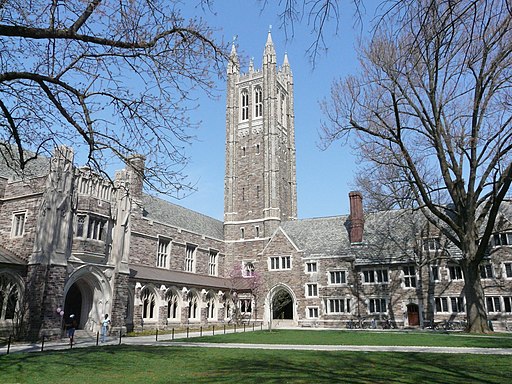The economics of getting a University education have become increasingly problematic over time.
It seems that while our great universities are sitting on mind bogglingly large endowments, they act like giant hedge funds investing in Wall Street rather than their own people.
Meanwhile, each new round of innovation seems to eliminate more jobs than it creates and recent graduates find themselves saddled with monstrous debt and little prospect for employment.
Even if they strike out on their own and found a High Tech Startup, they soon discover that the economics of venture capital markets are optimized to produce a minuscule number of hyper-profitable “unicorns” to maximize short term returns for the VC Fund. This leads most contenders to make a chain of often misguided business decisions that cause the vast majority of them to fail — even if they have sound ideas that would otherwise be able to generate more than adequate revenue to build careers, but for the lack of patient capital.
Moreover, the most currently desirable “exit strategy” of selling one’s technology to a quasi-monopolistic mega-corp, so it can avoid merit based competition, suppresses the widespread adoption of many good ideas — which runs counter to the mission of the University as a Fountainhead of Innovation.
Clearly we need to find better and more humane models of funding higher education and translating the fruits of its research into viable companies that provide our graduates with a comfortable middle class lifestyle and a realistic chance at doing better economically than their parent’s generation.
Robert Ashford and Rodney Shakespeare’s “Binary Economics: The New Paradigm” (ISBN: 0-7618-1320-9)1 provides the missing theoretical framework that we need to understand why the American Dream has been slipping away and what we can do restore it, without succumbing to the siren song of socialist wealth redistribution.
Moreover, their model suggests new possibilities for how our University of the Future might structure its funding and spin off ventures for the mutual benefit of its students, faculty, alumni and society at large.
-
1.
Ashford R, Shakespeare R. Binary Economics. University Press of Amer; 1999.
